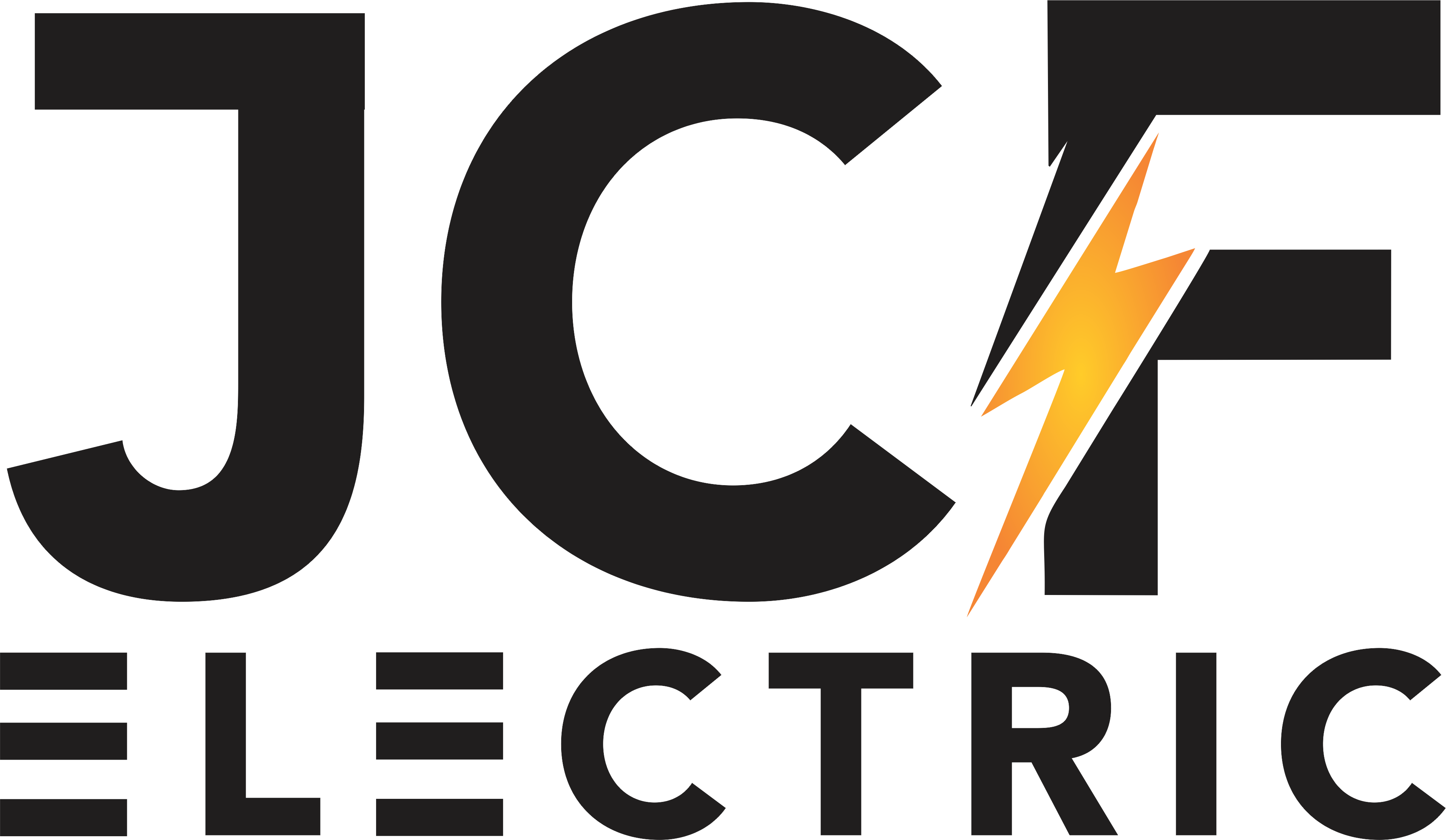Electrical problems can arise in any property, whether it’s a cozy home, a bustling business, or a gas station. These issues, if left unchecked, can lead to safety hazards, equipment damage, or operational downtime. Here’s how to identify and address common electrical problems before they get worse.
8 Common Electrical Problems in Homes and Businesses
1. Flickering Lights
What It Indicates: Flickering lights can be caused by loose connections, voltage fluctuations, or overloaded circuits.
Solution: Check if the bulb is properly screwed in or if the light fixture is faulty. For persistent issues, consult a licensed electrician to evaluate your wiring.
2. Frequent Circuit Breaker Trips
What It Indicates: This often signals an overloaded circuit or a short circuit in your electrical system.
Solution: Reduce the load on the circuit by unplugging devices and resetting the breaker. If trips continue, have an electrician inspect the panel for underlying issues.
3. Outlets That Don’t Work
What It Indicates: Non-functional outlets may result from tripped GFCI outlets, faulty wiring, or damaged circuits.
Solution: Press the reset button on the GFCI outlet if applicable. If the outlet remains inactive, a professional should assess for deeper wiring problems.
4. Hot Outlets or Switches
What It Indicates: Overheated outlets or switches can be a warning sign of overloaded circuits, outdated wiring, or faulty appliances.
Solution: Stop using the outlet immediately and consult an electrician to identify the root cause and prevent potential fire hazards.
5. Buzzing or Humming Noises
What It Indicates: These noises often point to loose connections, overloaded circuits, or aging wiring.
Solution: Turn off the power to the affected area and call an electrician. These sounds should never be ignored, as they may indicate serious safety concerns.
6. Unusually High Electricity Bills
What It Indicates: A sudden spike in your energy bill could mean inefficient appliances, outdated wiring, or unnoticed power leaks.
Solution: Conduct an energy audit to identify the cause. Consider upgrading to energy-efficient appliances or LED lighting to reduce costs.
7. Sparks When Plugging In Devices
What It Indicates: Sparking could indicate damaged outlets, loose wiring, or faulty appliances.
Solution: Avoid using the outlet until it has been inspected and repaired by a professional.
8. Burning Smell or Discolored Outlets
What It Indicates: These are signs of overheating or potential electrical fires.
Solution: Turn off the power to the affected area immediately and call a licensed electrician.
When to Call a Professional
While some minor electrical problems can be addressed with DIY fixes, most require the expertise of a licensed electrician to ensure safety and compliance with electrical codes. If you notice any persistent or unusual electrical issues, don’t hesitate to seek professional help.
